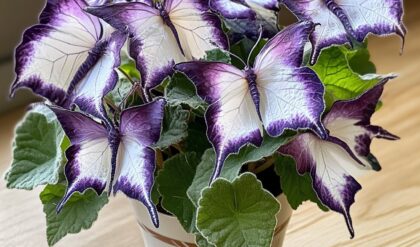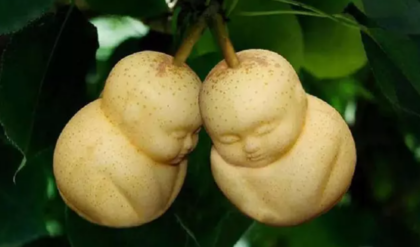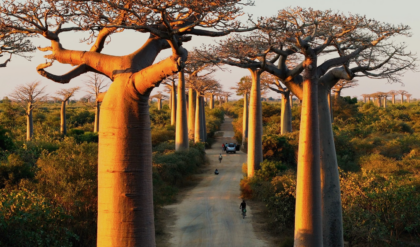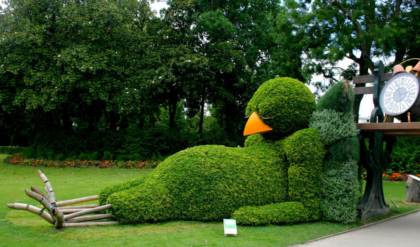When one thinks of enchanting tropical plants, the Colocasia gigantea, commonly known as the giant elephant ear, often comes to mind. With its enormous, heart-shaped leaves and striking presence, this plant evokes images of lush rainforests and exotic adventures. Beyond its aesthetic appeal lies a myriad of environmental and cultural implications that make it a fascinating subject for gardening enthusiasts and botanists alike.

A Giants’ Appearance
The captivating beauty of Colocasia gigantea is predominant in varieties such as the Thailand Giant strain, which can reach impressive heights of 7-10 feet . Imagine planting these titans in your garden; their massive leaves stretching skyward, casting delightful shadows over smaller plants while creating a visually stunning landscape. This grandeur is not just ornamental; it serves practical purposes too. The ample foliage can provide shelter for smaller plants from direct sunlight or heavy rainfall, establishing an ecosystem of interdependence in your backyard.
Environmental Impact
From an ecological standpoint, the Colocasia species play a vital role in their native environments. Their vast leaves absorb considerable amounts of carbon dioxide and release oxygen, contributing positively to air quality. In regions susceptible to flooding, these plants thrive in wet conditions and help manage water levels, acting like natural sponges that soak up excess moisture . However, introducing them into non-native environments poses risks such as invasiveness, where they could outcompete local flora.

Cultural Significance
Culturally, Colocasia gigantea has been embraced in various societies, particularly in Southeast Asia. The plant is often associated with traditional culinary practices, its tubers playing a crucial role in diets across many cultures. The hearty texture and flavor make them a staple for numerous recipes, reminding us how deeply intertwined agriculture and ornamental gardening can be. This dual significance showcases how beauty and utility are effortlessly coupled in nature.
Care and Cultivation Insights
Regarding care, growing the Thailand Giant variant of this magnificent plant isn’t exceptionally demanding but does require attention to specific conditions to flourish. It thrives best in full to partial sun and high humidity , making it a quintessential choice for tropical gardens or homes with greenhouse setups. Gardeners must also consider the soil — well-draining potting mixes are ideal to prevent rot . Such knowledge empowers enthusiasts, inviting them to cultivate not just plants but sustainable ecosystems within their own homes.
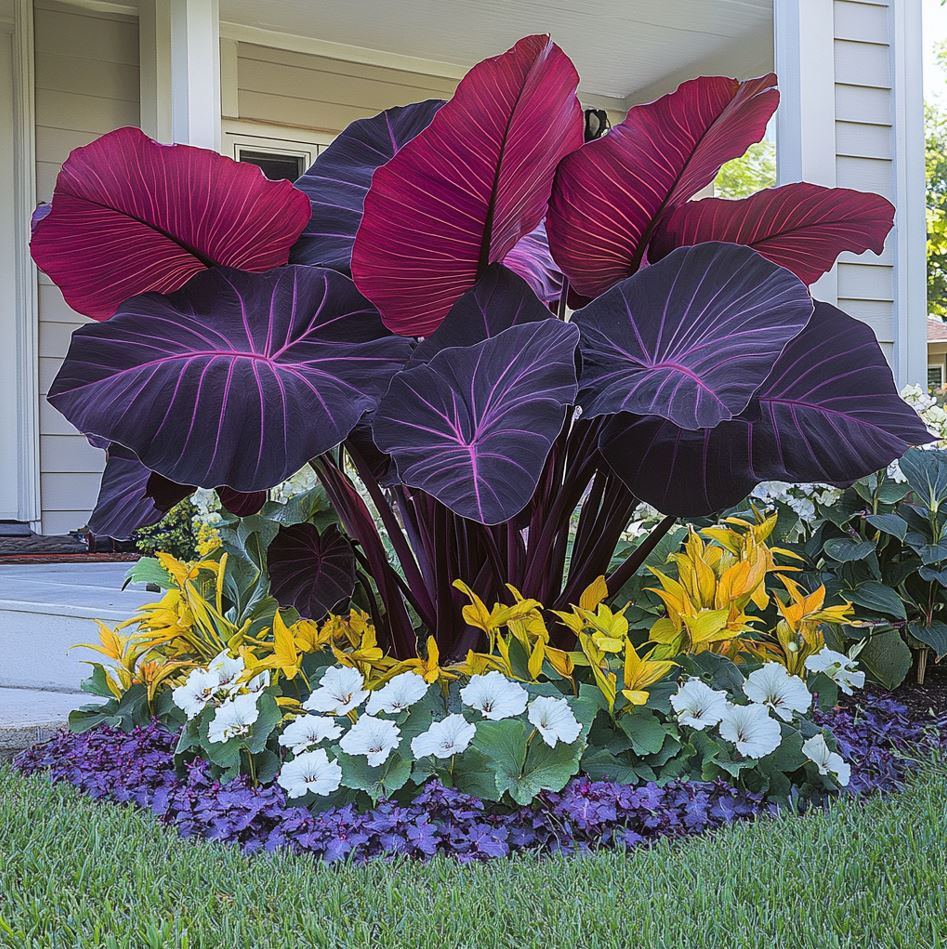
A Lens on Next-Generational Gardening
Looking ahead, embracing plants like Colocasia gigantea could vastly influence urban greening initiatives. As cities grapple with pollution and concrete jungles, integrating such vibrant horticultural options may breathe life into urban areas. Future generations might find themselves in spaces dominated by botanical giants that facilitate restorative practices for both community and environment. This shift could encompass diverse forms of greenery—from towering elephant ears to delicately tailored rooftop gardens, promoting biodiversity even amidst urban development.
In summary, while the gigantic allure of Colocasia gigantea captivates on a superficial level, its deeper ecological, cultural, and future-oriented implications provide rich soil for thought. Each homegrown elephant ear appears not simply as a botanical specimen but as a symbol of a harmonious coexistence with nature and its possibilities.
